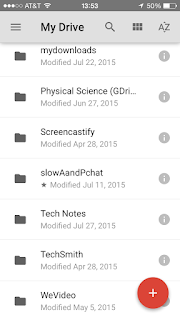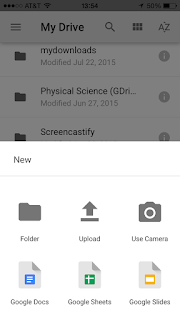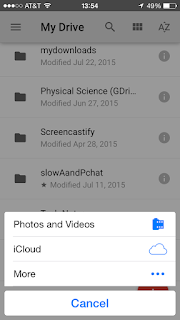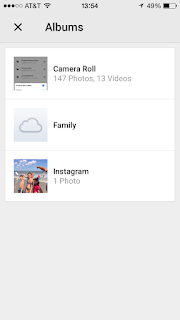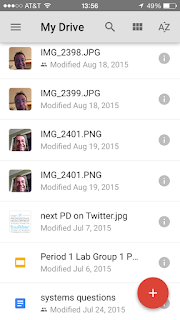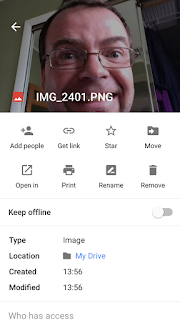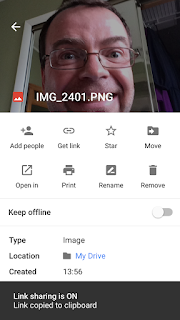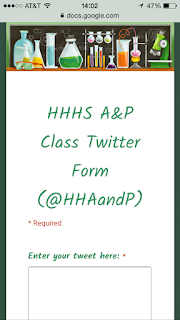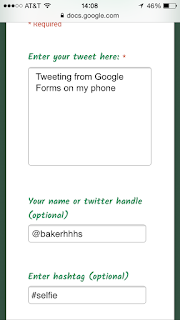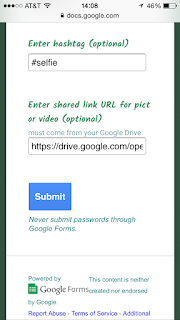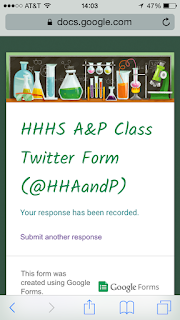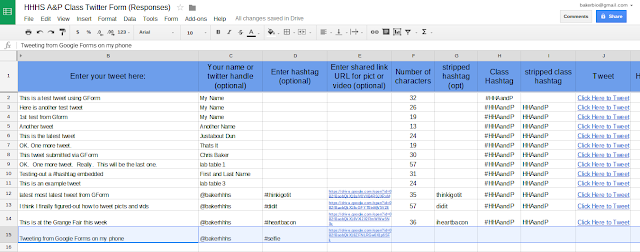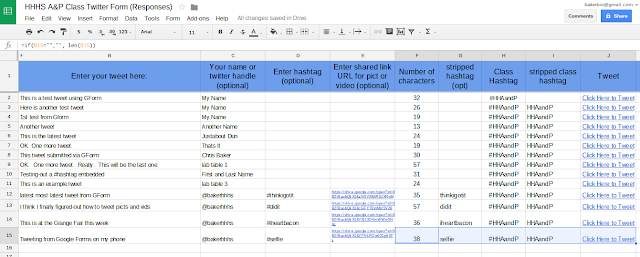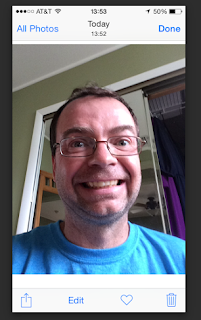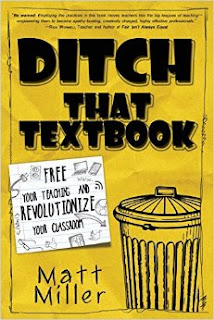
I finished Ditch That Textbook by Matt Miller a few days ago and am only now making the time to summarize what I believe to be the most important and useful take home points for me.
I took notes as I was reading but invariably got sidetracked (you know how it goes). As a result, there may be some points here that were not specifically mentioned in the book but, frankly, I don't see the need to parse them all out. After all, this is not a NYT book review. Also, I have typed them up in the order I read them or in the order that I made connections from them.
- Backchannels:
- examples:
- Socrative
- Padlet
- TodaysMeet:
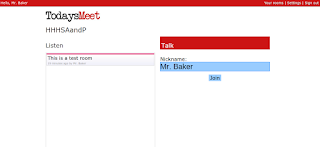
- goals/ideas:
- give quieter students a voice
- put up a question or prompt as students enter the room (like a Do Now; students must use their names to receive credit (?)
- use for a digital brainstorming session
- after school office hours for a moderated review session before a test - I really like this one; can use as college virtual office hours
- Flubaroo for quick grading in Google Sheets:
- free clipart:
- Paper (app) by FiftyThree for drawing and note-taking on iPads:
- WeVideo for creating and editing videos:
- ShowMe interactive whiteboard iPad app:
Miscellaneous ideas:
- Brainstorm with students first day of class and make a list of what THEY want to learn. Incorporate these ideas into our curriculum
- Post a class hashtag in classroom for students to use anytime during class on Twitter (see this post about students using their own phones to tweet using classroom Twitter account).
- Do GHOs (Google Hangout) with a high school class first, then other schools within the district, then out of district, out of state, across the globe. Why? To see what other classrooms are doing and to show what is going on in our classroom.
- Same with Periscope
- I really like this quote by Jeff Charbonneau mentioned in Ditch That Textbook. I find it to be so true:
- Here is another quote by Matt Miller that I also like: "I have become pretty good at gathering new ideas in my head without turning them into reality." Sounds a lot like me. Time to change that.
- Can't find the perfect resource? Make it!
- Another great Matt Miller quote from Ditch That Textbook: "Teachers who pay attention to students' lives and interests and incorporate them into their class give students the opportunity to see themselves in the curriculum. When they see themselves, they see the relevance." True that.
For my Anatomy and Physiology courses, I want students to get a taste of what to expect in college A&P, nursing and medical school. I want my students to discover the connections between seemingly disconnected physiological phenomena. I want students to start to look at patients as puzzles or mysteries, and hunt for objective and subjective clues that will lead to a differential diagnosis. I want students to begin to develop differential diagnoses, clinical impressions and treatment plans. I want students to be able to evaluate their course of action, critique it, and make adjustments. I want students to think.
I don't want this course to be merely about the memorization of anatomy (although necessary). I want to look into other A&P classrooms K-16 and see what good things other students and teachers are doing. I also want to share what we do.
I think I need to make some adjustments before starting in seven days...








